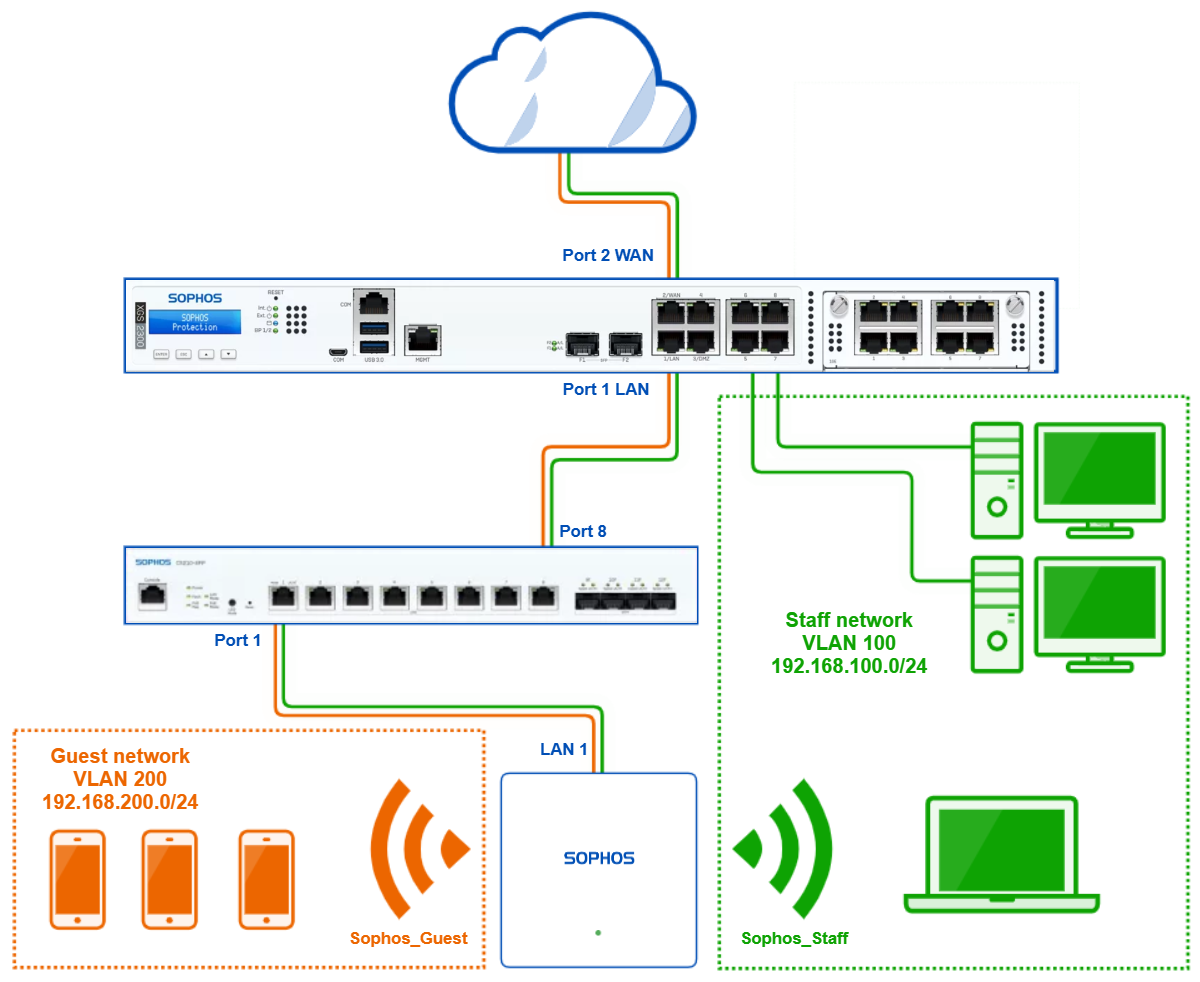
At the end of this course, students will be able to:
-
Compare and distinguish dynamic routing methods (e.g., RIP, OSPF, EIGRP) and select the appropriate one for a given network scenario.
-
Explain and configure VLANs and demonstrate Inter-VLAN routing to ensure communication across different network segments.
-
Describe and apply NAT and PAT mechanisms, identifying their different types and appropriate use cases in real-world networks.
-
Understand the principle and functionality of DALP and its role in optimizing network communication.
-
Design and implement small to medium-sized network topologies that integrate routing, VLANs, and address translation techniques.
- Teacher: Leila Gazzah
Enable AI Generation: No
Add Prerequisite Quiz: No
Add Final Quiz: No
Course Level: Beginner
Import Course Syllabus:
